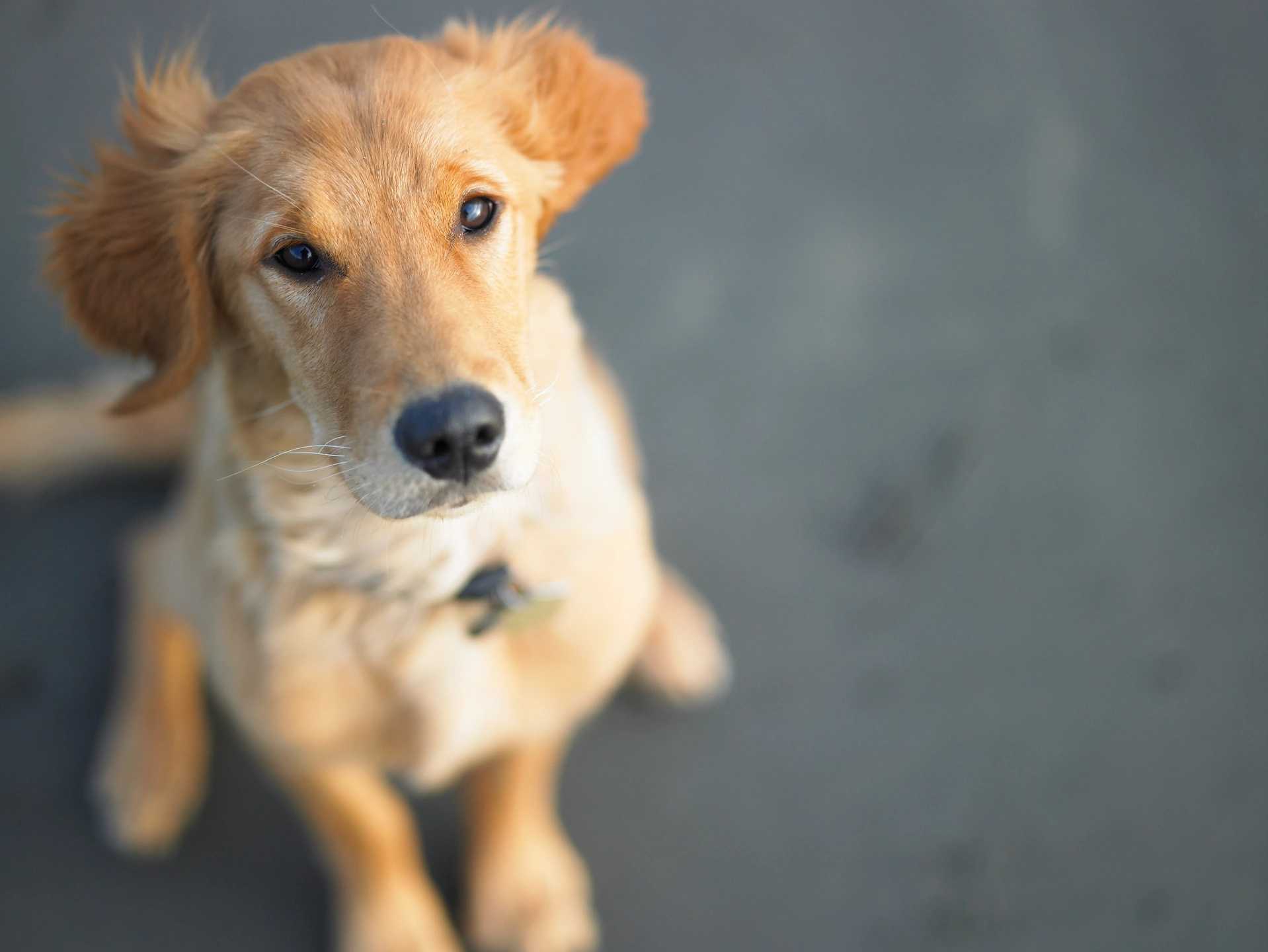Join me on this episode of the Paws & Reward Podcast as I interview Jackie Johnston of Believe In Your Dog. Jackie is a Certified Separation Anxiety Trainer (CSAT) who helps pet parents modify their dog’s separation anxiety behaviors.
In today’s episode, we discuss what separation-related behaviors are, how to address them, and how to know when to get additional help with dog separation anxiety training.
Let’s define separation-related behaviors
Separation anxiety is a behavior concern that lives under the umbrella known as separation-related behaviors or problems.
Dog Separation Anxiety
Separation anxiety means that the dog is experiencing distress when a specific person he or she has an attachment to leaves the dog alone.
In this case, the dog experiences distress only when this person departs the environment. In other words, another person in the environment usually does not quell the dog’s anxiety. This particular type of anxiety is rarer and harder to treat. But, there are dog separation anxiety training techniques that can help.
Isolation Distress in Dogs
Isolation distress is when the dog experiences distress when anyone leaves. In this case, if the dog is not alone (he is with a friend or another animal) then his/her signs of distress can be significantly reduced. In other words, as Jackie said, “Any warm body will do.”
Dog separation-related behaviors may include:
- Urinating and defecating
- Howling
- Barking
- Whining
- Destruction to entrances and exits
- Escape from the house
- Drooling
- Panting
- Pacing
- Not eating
Confinement Distress in Dogs
Confinement distress is when the dog is experiencing stress while confined (inside a crate or a room, for example). When I am working with clients and they report the dog is experiencing stress inside the crate, we film the dog being left alone with access to the whole house. We puppy-proof the house of course!
Most of the time, we see a dog that just sleeps on the couch while the pet parent is away. Leaving the dog home alone outside of the crate can sometimes be a quick solution. If the dog still experiences distress even outside the crate, you might be dealing with both confinement and isolation distress. It’s important to explore the root cause of your dog’s distress to determine which dog separation anxiety training techniques might help.
Understanding Partying in Dogs
Partying, as Jackie mentions, is when your dog is bored while home alone and is having a blast destroying the house. This is not separation-related behavior; however, it’s very important to film your dog to know for sure.
Partying behaviors may include:
- Destruction to the home
- Chewing on items
- Knocking over the garbage and eating leftovers
- Playing and tossing toys around

How do you know when your dog is experiencing separation-related behaviors?
Most people know their dog is experiencing signs of distress during absences when they return home. They might hear the dog barking, or walk into the home and see the destruction at the entrances and exits, or see urination and defecation.
Others know their dog is experiencing distress since they hear the dog vocalize as they leave and return to the house. Other times neighbors complain about the noise, prompting the owner to explore dog separation anxiety training resources.
The best way to know for sure is to video your dog when you leave. Set up your camera to record while you are away. Make sure to position your phone or laptop in a location that captures most of your environment so you can observe the dog’s behavior. Knowing how to read your dog’s body language and being able to see signs of anxiety is crucial for this task.
Why is my dog’s separation anxiety getting worse?
Separation-related behaviors can occur for a variety of reasons. Sometimes a dog can start to exhibit these behaviors when a transition in the household has occurred. A few examples of transitions can include:
- Death in the family
- Death of sibling animal
- Divorce
- Someone moves out of the house
- Someone moves in
- Moving to a new home
- Change in schedule
Sometimes dogs have been tolerating being left alone for short periods of time until they no longer tolerate this anymore, causing the dog’s behavior to escalate.
In the wake of the Covid-19 pandemic, for example, many pets are experiencing separation anxiety when they may not have previously. But after months of having their humans at home before returning to the office, their schedules and routines have changed significantly. This is a case when dog separation anxiety training can help navigate these changes.
How do I fix my dog’s separation anxiety?
If you have filmed your dog and concluded that he is experiencing signs of separation anxiety or isolation distress, it’s important to get a trainer involved. I highly recommend hiring a CSAT trainer since they are specifically experienced in dog separation anxiety training and are going to address the issue using a least intrusive, evidence-based scientific approach.
There is a LOT of bad advice out there encouraging pet parents to put the dog in a heavy-duty crate, let them cry it out, or use a shock collar to reduce the barking. I highly recommend avoiding any of these punishment based measures as they can make the anxiety even worse.
Instead, Jackie and other CSAT trainers use desensitization protocols when working on dog separation anxiety training. This is the process of exposing the dog to the trigger (being left alone) ONLY up to the point in which they can handle being left alone.
They gradually build on the time spent alone based on how the dog is feeling. If they push the dog over their emotional threshold, they back up in their training plan and reassess. The dog controls the training game which ultimately reduces the dog’s anxiety in the first place.
The hardest part about the dog separation anxiety training process is preparing for the absence suspension, which means never leaving the dog home alone beyond what he or she can tolerate. And, yes, that can mean 2 minutes! This involves the pet parent creating a support network that can care for the dog. This may include help from a neighbor, hiring a dog sitter, or dropping off at daycare.
How long does the dog separation anxiety training process take?
Jackie tells her clients to think in months instead of weeks. It’s a long game and while there are usually plateaus and regressions along the way, we should be seeing progress trending in an upward direction throughout.
Want to learn more about dog separation anxiety training and behavior modification? Find Jackie online:
- Believe in your Dog Website
- Believe in your Dog Instagram
- Believe in your Dog Facebook
- Other great resources
Need other dog training resources and support? Be sure to check out our private dog training lessons and online courses to build your connection with your dog.

